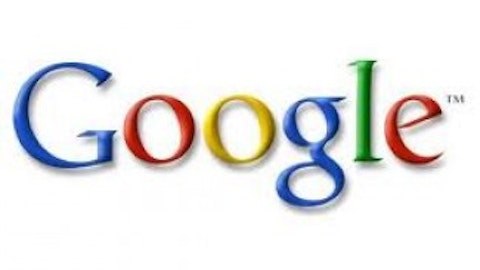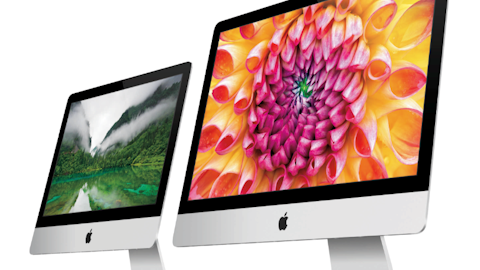Declining TV sales have made most of the investors bearish on Corning Incorporated (NYSE:GLW), the glass manufacturer. The 11% decline in the stock price in 2012 shows this well. Goldman Sachs Group, Inc. (NYSE:GS) also recently downgraded this stock. HDoes a decline in TV sales justify a short position in the stock? Or is there any growth expected in other segments that can offset this decline?
The Investment Case

The Business Drivers
The following chart shows Corning’s different revenue streams:

I believe Corning’s biggest competitive advantage is its expertise in specialty glass and ceramics, coupled with its manufacturing know-how, which has translated to a sustained leading market position across a variety of businesses (LCD glass, strengthened cover glass and optical fiber).
Corning’s largest segment by revenue is Display Technologies (DT) and LCD glass comes under this segment. There is no doubt that the DT segment has matured, with LCD glass’ ASP declines offsetting high-single-digit volume demand growth. However, I believe continued robust growth in the Gorilla cover glass business (I see ~15% annual revenue growth in 2013 and 2014), coupled with margin expansion across its non-LCD businesses, will at least sustain earnings through 2013 and 2014.
The rising auto SAAR bodes well for Corning’s investors and will definitely help the company to grow in the near-future. There are two reasons to believe this:
1) The Environmental Technologies (ET) segment manufactures filters for the automotive applications. With rising environmental concerns and rising US auto SAAR (which I have covered in my one of previous posts), this segment is ready to fly high.
2) The company is pushing for the use of Gorilla Glass in the cars. The glass is a scratch and impact-resistant glass that is already being used in cell phones and other gadgets.
A product of Corning’s specialty material segment, Gorilla Glass holds a promising future. This is the same glass that is being used in Nokia Corporation (ADR) (NYSE:NOK)’s Lumia 920, Apple Inc. (NASDAQ:AAPL)’s iPhone 5 and Samsung S3. The market expects strong sales for both Lumia 920 and iPhone 5. The sales for the S3 are estimated above 30 million units, worldwide.
In addition to the growth in ET and specialty segment, I see the combination of a secular decline in the CAPEX requirements of the LCD business and the potential for higher dividend distributions from Corning’s two joint ventures as driving strong free cash flow generation in the coming years (the sell-side estimates are ~$1.6bn in 2012, ~$1.5 billion in 2013, and ~$1.5 billion in 2014). Given that management has already shown willingness to return cash to shareholders through both a buyback program and two rounds of dividend increases, I see potential for further shareholder-friendly cash distributions in the medium to long term.
Upside/Downside Scenarios
The biggest issue facing the company is glass pricing, particularly in light of the recently introduced market share/pricing strategy. Assuming the strategy succeeds in driving minimal 1-2% quarterly declines in industry glass pricing, the sell-side sees an upside for 2013 EPS to ~$1.45. This suggests an upside case of $18 with a forward multiple of 12. The downside for the shares seems to be limited to $11, based on ~0.8 times tangible book value.
Valuation Analysis
The company’s shares are currently trade at a forward P/E multiple of 9.9, which is lower than the ~10.4 average forward multiple over the last five years. The shares also trade at 0.87 times book value, which is slightly below the 0.9-times average over the last year, and well below the 1.8-times average over the last five years.
Foolish Bottom-Line
On the back of cheap valuations and a solid future for Gorilla glass, Corning is recommended as a buy.
The article Does This Glass Giant’s Goldman Downgrade Make Sense? originally appeared on Fool.com.
Copyright © 1995 – 2013 The Motley Fool, LLC. All rights reserved. The Motley Fool has a disclosure policy.





